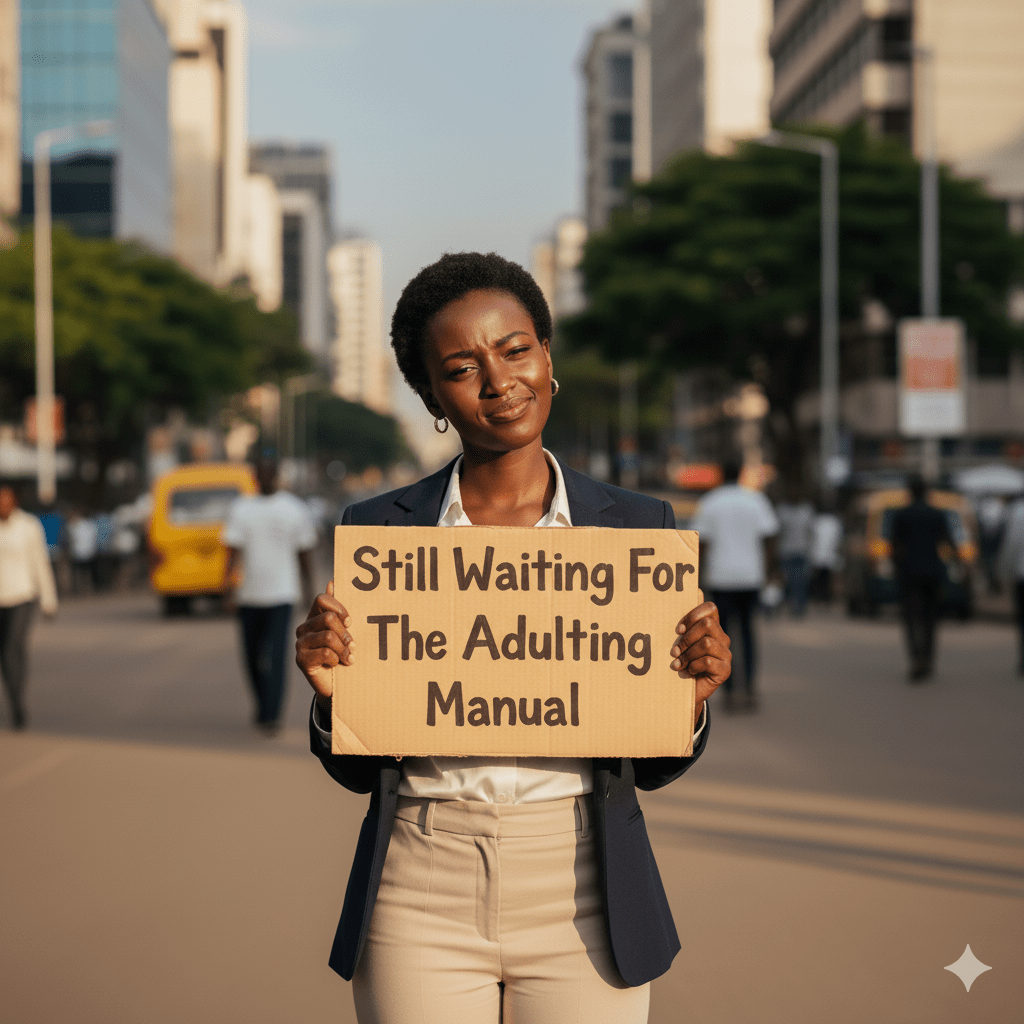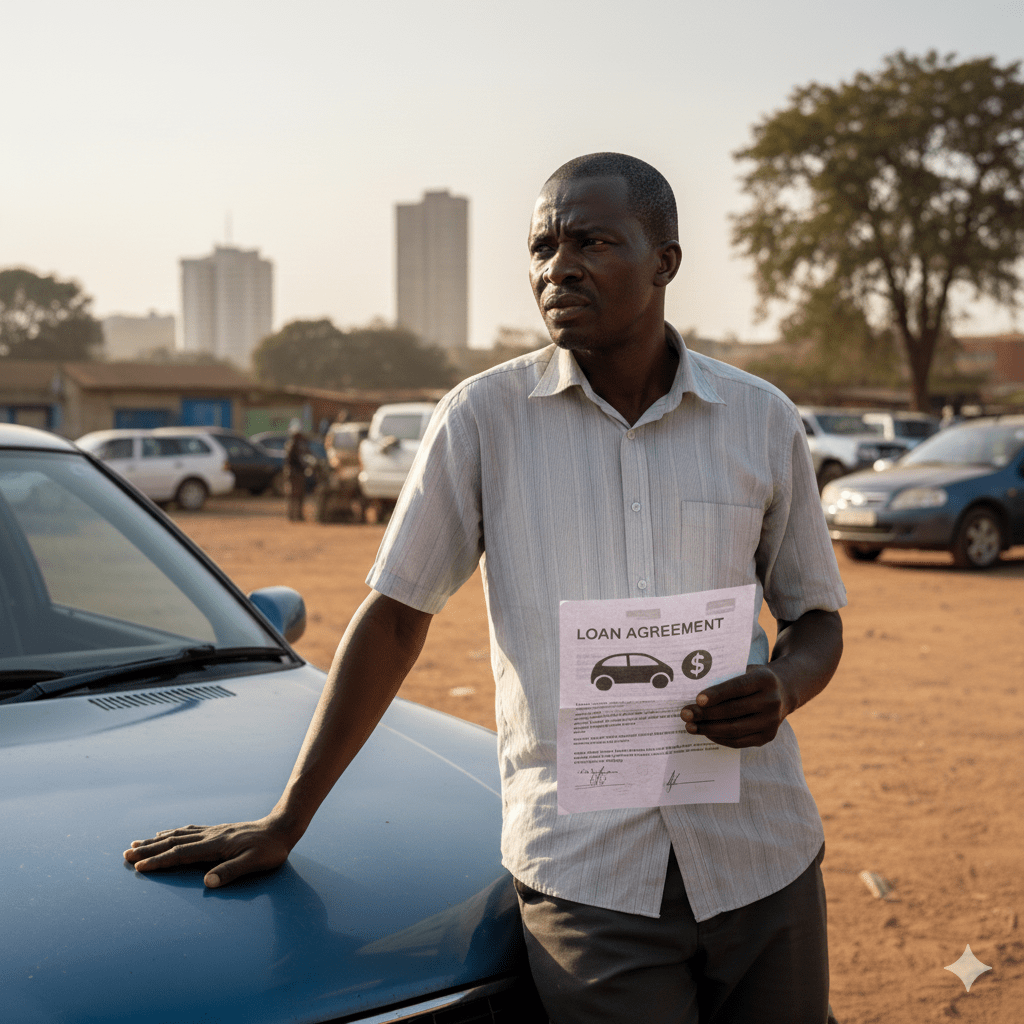10 Tips For Safe Night Driving In Kenya

Driving at night presents unique challenges and safety concerns for motorists. Drivers are faced with reduced visibility, increased glare from oncoming headlights and fatigue making nighttime driving more hazardous compared to daytime. However, by understanding these risks and implementing proper safety precautions, drivers can significantly improve their ability to navigate safely after dark.
This article will explore essential tips and techniques for safe night driving to help you stay alert, visible, and in control on the road.
1.Ensure Proper Headlight Use
- Use High Beams Wisely: Use high beams on dark, rural roads but switch to low beams when approaching oncoming traffic or driving behind another vehicle.
- Regularly Check Headlights: Make sure your headlights are clean and properly aligned to maximize visibility.
2.Adjust Your Speed
- Drive at a Safe Speed: Reduce your speed to account for reduced visibility and increased reaction time. Adjust your speed based on road conditions and traffic.
3.Increase Following Distance
- Maintain Extra Distance: Increase the distance between yourself and the vehicle in front of you. This gives you more time to react to sudden stops or emergencies.
4.Use Your Fog Lights (When Necessary)
- Fog Conditions: If driving in fog, use fog lights to improve visibility. Avoid using high beams in foggy conditions, as they can reflect off the fog and worsen visibility.
- Stay Alert and Avoid Distractions
- Stay Focused: Avoid distractions such as mobile phones, loud music, or eating. Stay focused on the road and watch for pedestrians, cyclists, and animals.
- Scan the road ahead: Look for reflective road signs, the eyes of animals, or other indications of potential obstacles or turns
- Avoid looking directly at oncoming headlights. The glare can temporarily blind you. Instead, focus your gaze on the edge of the road.
6.Check Your Mirrors Regularly
- Mirror Adjustments: Ensure your mirrors are properly adjusted and use them frequently to be aware of your surroundings and traffic behind you.
7.Ensure Good Visibility
- Clean Windows: Keep your windshield and windows clean to avoid glare and improve visibility.
- Defogging: Use your vehicle’s defogger to keep windows clear from condensation.
8.Be Cautious at Intersections
- Approach with Caution: Slow down when approaching intersections, especially if you have limited visibility. Look both ways and be prepared to stop.
9.Avoid Driving When Drowsy: (Drowsy driving is just as dangerous as drunk driving)
- Get Adequate Rest: Ensure you are well-rested before driving at night. Pro Tip: Keep your eyes moving. Don't stare straight ahead, as this can cause you to become drowsy. Regularly scan the mirrors and side of the road. If you feel yourself getting tired, pull over and rest.
10.Maximize your visibility.
- Make sure all of your vehicle's exterior lights - headlights, taillights, turn signals - are in good working order to ensure other road users can see you just as you can see them. Keep lights clean and properly aimed.
By following these tips, you can enhance your safety and confidence while driving at night, making your journey more secure and enjoyable.
Remember If you’re looking for a quick and reliable financial solution, contact us through our contact form, call us on +254791573231 or visit one of our branches to explore financial opportunities. We are the bridge to help you achieve your business goals with the right financial support.




Comments ()